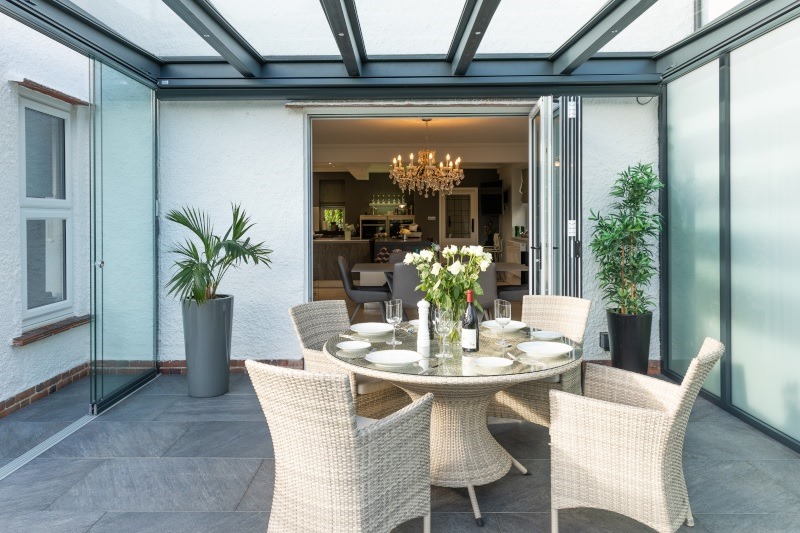
For many people in the UK, a sunroom and conservatory are the same things, often mistaken for one another. The names are used interchangeably, without ever realising that they are in fact two totally different structures that contain distinct differences.
One thing that the two do have in common, however, is the fact that they are both structures added onto a property, designed to soak up the sun whenever possible. Homeowners that have either of these attached to their property can look forward to a beautiful summer's day in peace and quiet.
So, what exactly makes a sunroom and conservatory different? Let's take a look!
Length of Use
Conservatories are well known for their seasonality, meaning the times of the year they are typically used. Conservatories tend to become incredibly cold during the winter months, which can make it difficult to relax! In the summer, on the other hand, a conservatory can become extremely hot due to high exposure levels to the sun.
Sunrooms, however, are suitable for use from March until early October.
Materials
Another difference between a sunroom and conservatory is the materials that are used when building them. A conservatory tends to be made of UVPC and glass windows, or a brick base and glass windows with a polycarbonate/glass roof, meaning you typically only benefit from the top half of the structure being made of glass.
A sunroom, on the other hand, is typically made entirely of glass – from the glass door panels all the way up to the glass roof. The roof of a sunroom is typically manufactured from glass and is solid, offering increased protection from the sun.
Consent & Speed of Assembly
The final difference between a sunroom and conservatory is the process that you need to follow in order for it to be built and attached to your home. If your sunroom or conservatory exceeds a certain size, it will require planning permission from your local council*.
Neither option is cheap either when built from the ground up. A great way that you can avoid the problems and drama of planning permission and building from scratch is purchasing a ready-built structure that you can attach straight onto your home.
These ready-made structures mostly* eliminate the need to gain planning permission (*in most circumstances – speak to a representative to ensure no planning permission is required) ) and your home turning into a building site for a couple of months – and you can get one right here!
But by far the biggest benefit of adding a sunroom over a conservatory is the speed of assembly. A typical veranda can be installed in 1-2 days, with a garden room typically being installed in 3-4 working days!
There you have it, the main differences between a sunroom and conservatory. If you're thinking about adding one of these structures onto your property, we hope this blog helps to inform your decision. But if you're asking us, a sunroom is definitely the way to go. The ability to use it year-round and add amazing customisable options makes it a no-brainer.
Don't just take our word for it...
One of our previous clients has moved from a home with a SunSpaces sunroom to a home with a conservatory, she got in touch and said:
"We had one of your sunrooms built onto our old house and it was fantastic. The best thing we ever purchased. We have a conservatory on our new house and we hate it. It's so old fashioned and dated. Would love to remove it but not an option at the moment. We can’t understand anyone purchasing a conservatory anymore when they could have an amazing sunroom design. Stunning!"
For more information on our range of sunrooms, be sure to get in touch with a member of the SunSpaces team today or request an instant, free quote!
Request a Quote >
